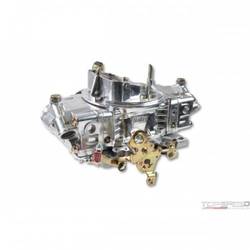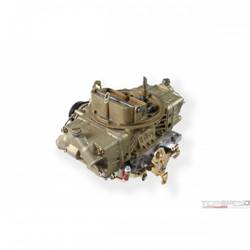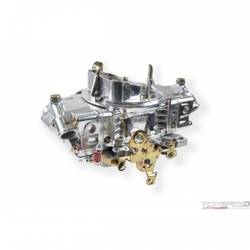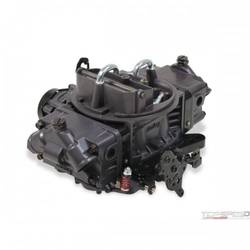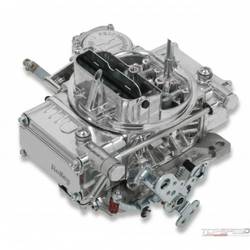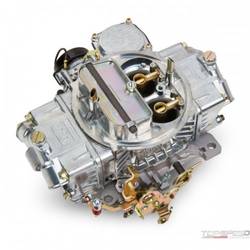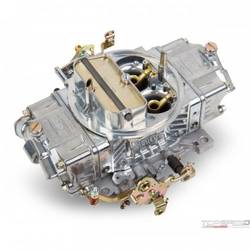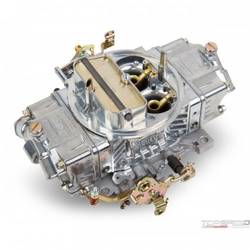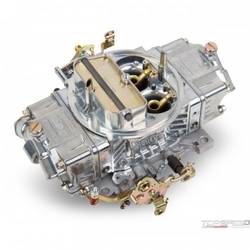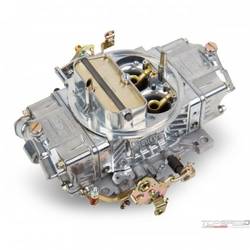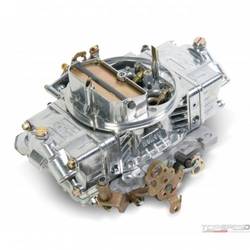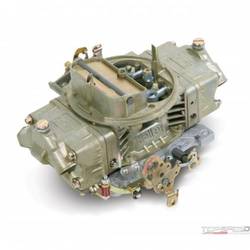The carburetor is often referred as the “heart” of any vehicle and while it has largely been replaced these days by fuel injection systems, it is still to be found in older cars and in simpler mechanical devices, such as a chainsaw or a lawnmower. Briefly, this device helps to carefully gauge the amount of fuel and air to be introduced into the engine according to the specific needs of the motor at that time. If the carburetor is not correctly “set,” then the engine will run inefficiently, if at all, and this could also cause damage to the engine over the long term.
To provide the perfect “explosion” within any combustion chamber, the mixture of fuel to air must be absolutely right. To achieve this, this device has one internal pipe that’s designed to provide air and another to provide fuel. Due to the specification of the pipe, the air will be compressed as it meets an internal venturi and this pressure differential pulls air in from the fuel pipe positioned next to it. As this happens, fuel is sucked into the mix as well and the ratio of air to fuel is controlled by two valves that are meant to regulate the mixture carefully. In addition, a separate chamber constantly varies how much fuel is “on tap” and ready to be used. Once correctly adjusted, the carburetor will supply this mixture to the combustion chambers which, when ignited, provide enough force to push each piston down in sequence and drive the crankshaft correctly.
How Is a Carburetor Made?
The body of the carburetor is typically made from aluminum, with the internal parts mostly made from stainless steel. However, when it comes to the smaller carburetor parts that are responsible for delivering the fuel, brass is frequently the material of choice.
How Can a Carburetor Fail?
- Falls out of adjustment
- Becomes contaminated
- Floods
- Leaks
What Are the Symptoms of Carburetor Failure?
- Poor engine performance
- Black smoke due to incorrect mixture
- Overheating
What Are the Consequences of Carburetor Failure?
- Inability to stop the vehicle if the associated hose breaks
- Damage to other internal components

